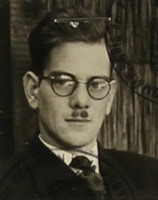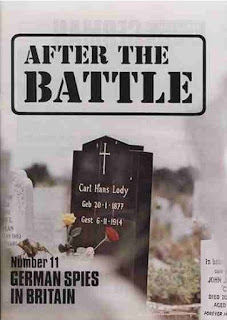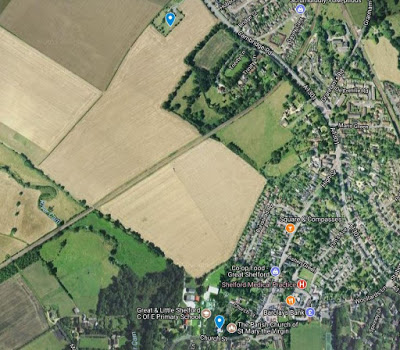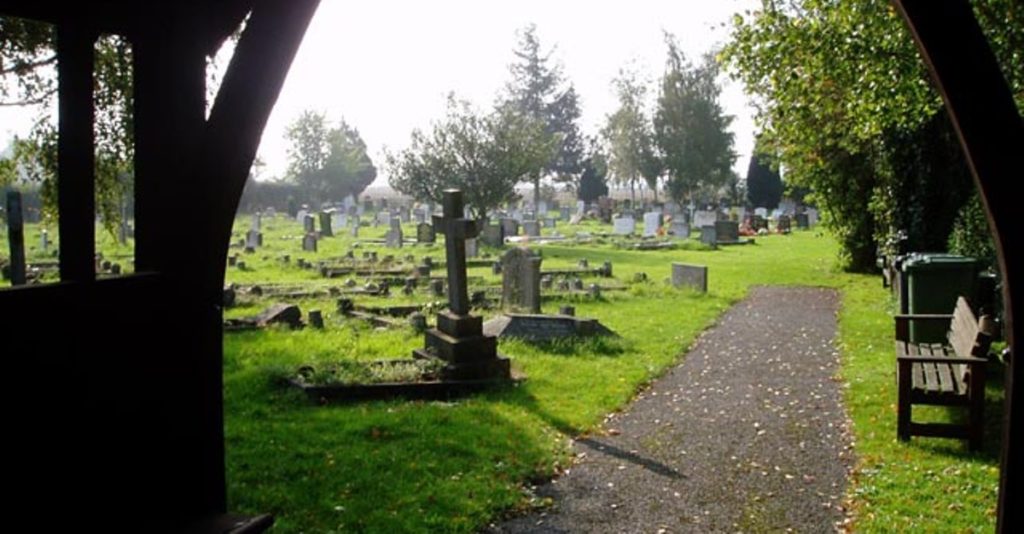The sad tale of Engelbertus Fukken, alias Jan Willem ter Braak has recently been published in more detail by Jan Willem van den Braak (no relation). The author’s persistent research tracked down relatives of the unfortunate Fukken who filled in some of his background story. Their astonishment at having such an infamous character in their family tree was understandable. Given the secrecy surrounding wartime espionage activities in Britain, shame amongst Fukken’s immediate family at his nefarious activities and the obvious language challenges, it would be easy for later family members to dismiss the rumours surrounding the strange uncle/cousin who disappeared during the war. But now that Fukken has stepped from the shadows, his relations are arranging for a marker to be placed on his grave.

After the Battle – ter Braak’s Grave

Our knowledge of Fukken’s final resting place is due in large part to the work of Winston Ramsey and After the Battle Magazine. Researching the wartime spies during the mid-1970s, Ramsey had the advantage of speaking with eye witnesses of the events in question. Without Ramsey’s dogged research, Fukken’s final resting place may have remained unknown forever.
“The Coroner who examined the case, Mr. Walter Wallis, died in 1959 and from the enquiries that we made, we found that all his papers have been destroyed. We searched the records at every Cambridge cemetery looking for the entry noting ter Braak’s burial but could find no trace. Once again we seemed to be up against a blank wall, which the passage of thirty years and fading memories did nothing to help.
“That is, until we traced Mr. John O’Hannan, a funeral director in Cambridge during the war–the man that buried ter Braak. It was just prior to Christmas 1974 that the editor went to see Mr. O’Hannan, 76 years old, in poor health for some time, and nearly blind. This is what he told us.
“On the morning of April 1, 1941, he received a telephone call from the Cambridge police and was told that a man had been found dead in an air raid shelter. He was asked to come and remove the body but not to mention a word about it (a silence he had kept until we spoke to him).
“Reaching Christ’s Pieces, he was asked by the police to back his van up to the shelter which he did from Pikes Walk. The Chief Constable, Mr. R.J. Pearson and the Coroner’s official lifted the body into Mr. O’Hannan’s shell coffin used to transport bodies.
“The mortuary at the time was situated in Mill Road (now used as a maternity hospital) and ter Braak was placed in the small end room which could be locked, rather than the main room.
“As Mr. O’Hannan undressed the body with the help of his assistant he was surprised to find ter Braak was wearing two pairs of trousers. They removed these together with his coat and waistcoat and laid out the body.
“When he returned home Mr. O’Hannan was surrounded by reporters (he believes the mortuary attendant at Mill Road gave the story away although he had retained the key to the small room to stop anyone entering). However, Mr. O’Hannan kept his silence and denied any knowledge of the body.
“The Chief Constable had told him that when the Coroner’s certificate was issued he was to bury ter Braak in an unknown grave.
“On the day the certificate was obtained he was called to another suicide death at nearby Madingly. As reporters were still pestering for information, Mr. O’Hannan decided to switch the body of the woman who had committed suicide with that of ter Braak. The switch passed unnoticed and ter Braak was taken to Mr. O’Hannan’s funeral parlour at 203 High Street, Chesterton (since demolished) and placed in the back room.
“However, within an hour reporters had discovered the switch of bodies and arrived at Chesterton, but Mr. O’Hannan again denied any knowledge. He had already been to Great Shelford, three miles to the south of Cambridge, to see the vicar, the Reverend F.W. Jeeves of St. Mary’s Church and the parish clerk. Mr. O’Hannan told them he had the body of a student who had been killed on a motor cycle and whose parents had disowned him. He explained that he wanted a quiet funeral as nobody would be attending. He paid a fee of L3.0.6 to the clerk.
“At 9:00 a.m. on April 7, ter Braak was buried, attended only by the Vicar, the gravedigger, Mr. Duisly the clerk and Mr. O’Hannan.
“No official mention was ever made of ter Braak being a German spy. We found that Reverend Jeeves had since died and when we spoke to the present vicar at St. Mary’s, Reverend Hale, he knew nothing of it and had no entry in his records. Until we traced Mr. O’Hannan, the grave could have been lost for ever. Mr. O’Hannan was, in fact, too blind to show us where it was. The grave remains unmarked to the present day when we photographed it with the Parish Clerk, Mr. P.E. Holdrup, in January 1975. We found the entry in the Register of Public Graves recording that L3.0s.6d. was paid for Grave 154.”
The church referred to in the article is likely Parish Church of St. Mary the Virgin, located in the southwest corner of Great Shelford (blue marker at bottom of image below). While the parish church does have a small churchyard with some older headstones, Engelbertus Fukken (a.k.a. Jan Willem ter Braak) was NOT buried in St. Mary’s Church cemetery. But… thanks to the After the Battle magazine article, at least we are in the right village!

Information gleaned in the last few years indicates that the grave is actually located in the Great Shelford Cemetery northwest of the village.
In a few months (one hopes), a stone will be placed on the grave site and Engelbertus Fukken’s final resting place will be marked for posterity. It is one of the only firm pieces of information we have on Fukken during his time in England. Did he manage to contact the Germans via wireless transmitter? Were they supposed to send someone to him with more cash? These questions will likely remain unanswered.
I have created a Google Map marking some of the other sites associated with Jan Willem ter Braak.
Great Shelford Online has a short article about Jan Willem van den Braak’s book about Jan Willem ter Braak.
